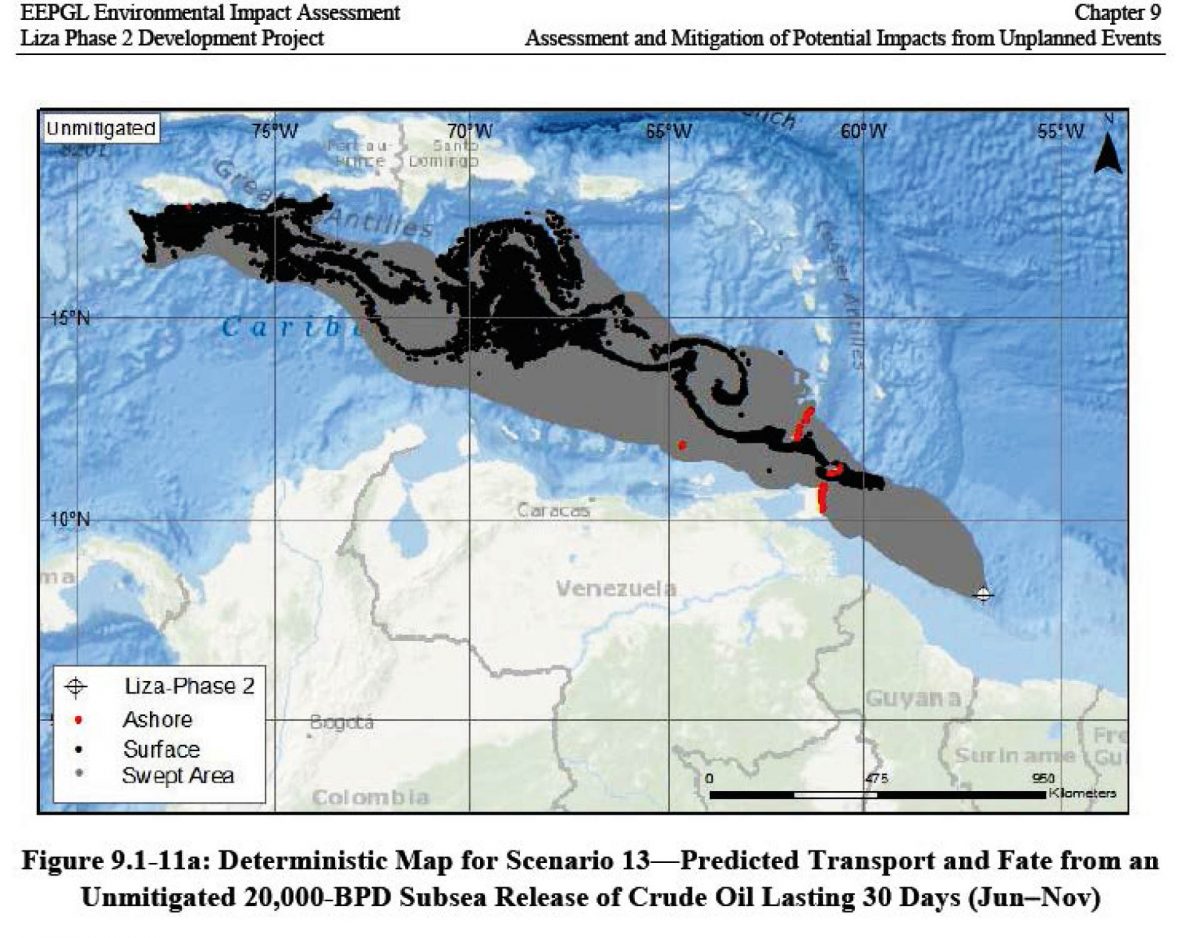Dear Editor,
Today 20th April 2023 is the 13th anniversary of the BP Macondo well-blow out. The blowout caused the Deepwater Horizon Rig to explode, killed 11 people, exterminated millions of animals (including birds, dolphins, whales, fish, crustaceans, sea turtles ), and destroyed the livelihoods of thousands of people. BP, a technologically savvy oil company, took 87 days to cap the well. The United States Coast Guard, Louisiana National Guard Troops, the Environmental Protection Agency, the National Oceanic and Atmospheric Administration, other federal agencies, private contractors and volunteers responded. Nevertheless over 3 million barrels of oil polluted over 40,000 square miles of ocean and 1,000 miles of coastland.
The National Commission on the BP Deepwater Horizon Oil Spill concluded that, “The immediate causes of the Macondo well blowout can be traced to a series of identifiable mistakes made by BP, Halliburton, and Transocean that reveal such systematic failures in risk management that they place in doubt the safety culture of the entire industry.” BP had hired Schlumberger to test the cement job done by Halliburton on the well. According to Schlumberger, BP decided not to do the test and sent the Schlumberger team home at 11am. At around 9.50pm that night the well blew. Halliburton’s website boasts of their involvement with ExxonMobil’s Payara Project. Schlumberger is also in Guyana.
The Macondo well blowout has cost BP and its partners more than US$70bn. It’s not over. Hundreds of lawsuits are in American courts from people who say they got cancer as a result of contamination during clean-up. Meanwhile Esso Exploration and Production Guyana Ltd. has been operating the Liza Destiny above its safety level of 120,000 barrels a day and operating the Liza Unity above its design rate of 220,000 barrels a day. The ExxonMobil Chairman Darren Woods has boasted in his letter to shareholders that production from these 2 FPSOs is above 360,000 barrels a day. Dr Adams, former EPA head, has warned that things could “blow up”. Esso’s EIA for Liza 2 shows what a blow up could look like with oil across the Caribbean after just 30 days, let alone 87.
In 2010 US Interior Secretary Salazar said, “Our job is basically is to keep the boot on the neck of British Petroleum to carry out the responsibilities they have both under the law and contractually to move forward and stop this spill.” What would the Guyana government do if, God forbid, there was a blowout?
Sincerely,
Melinda Janki

